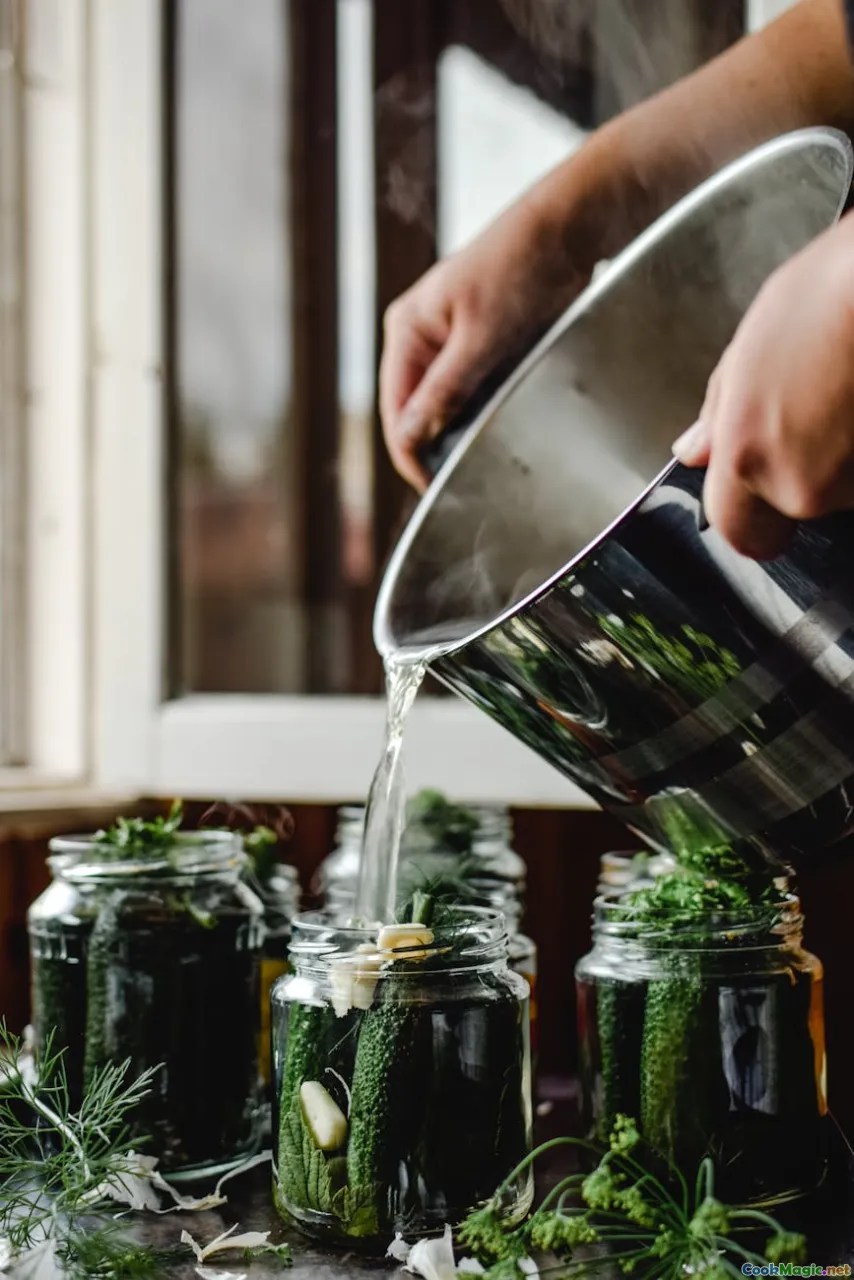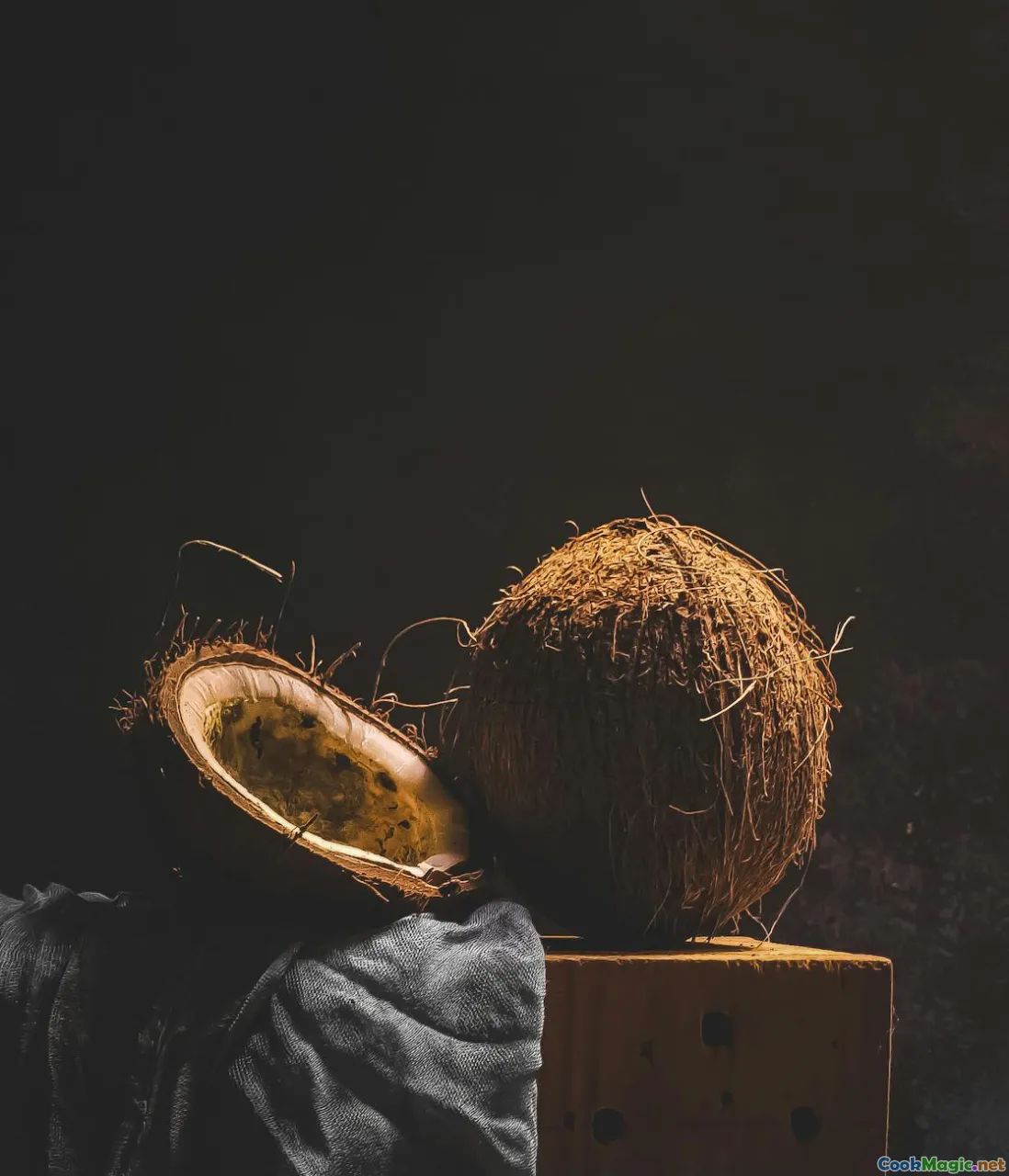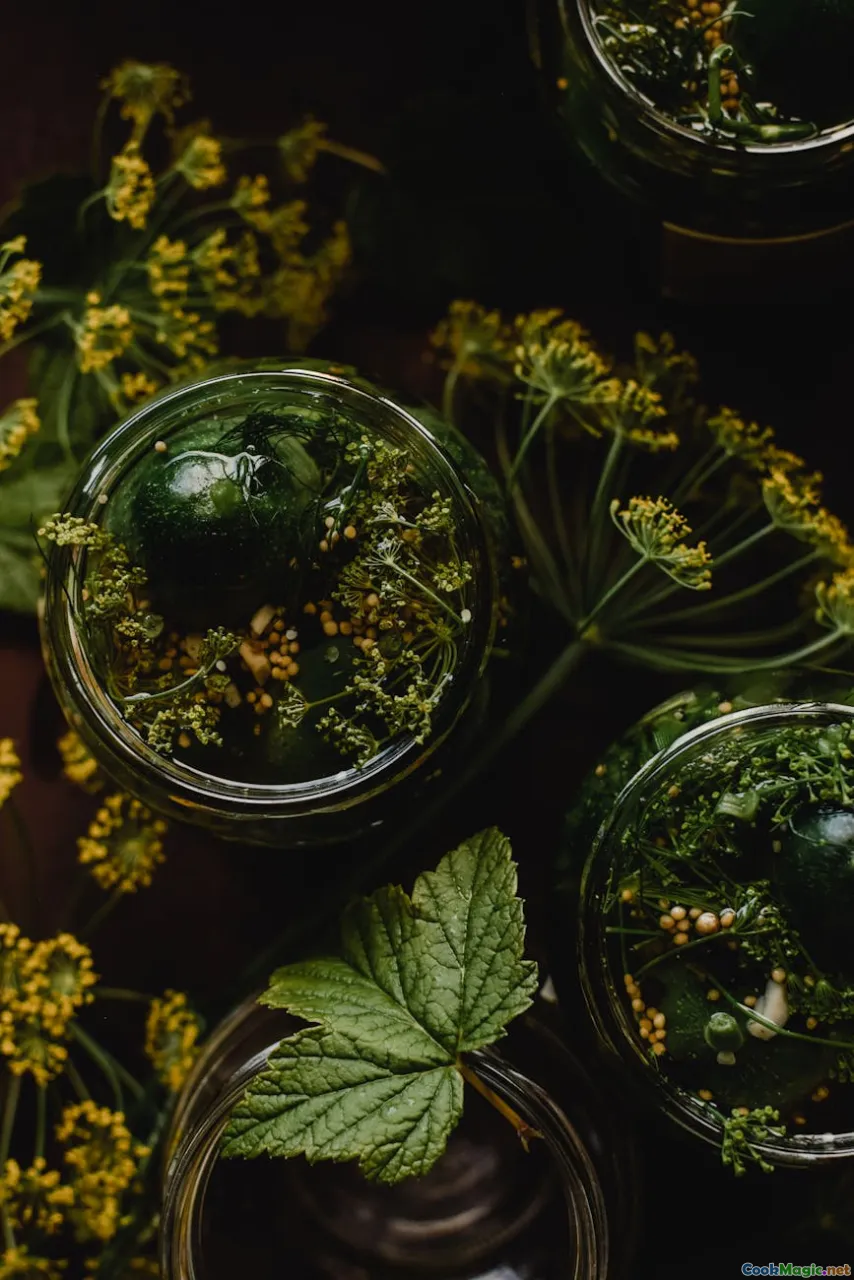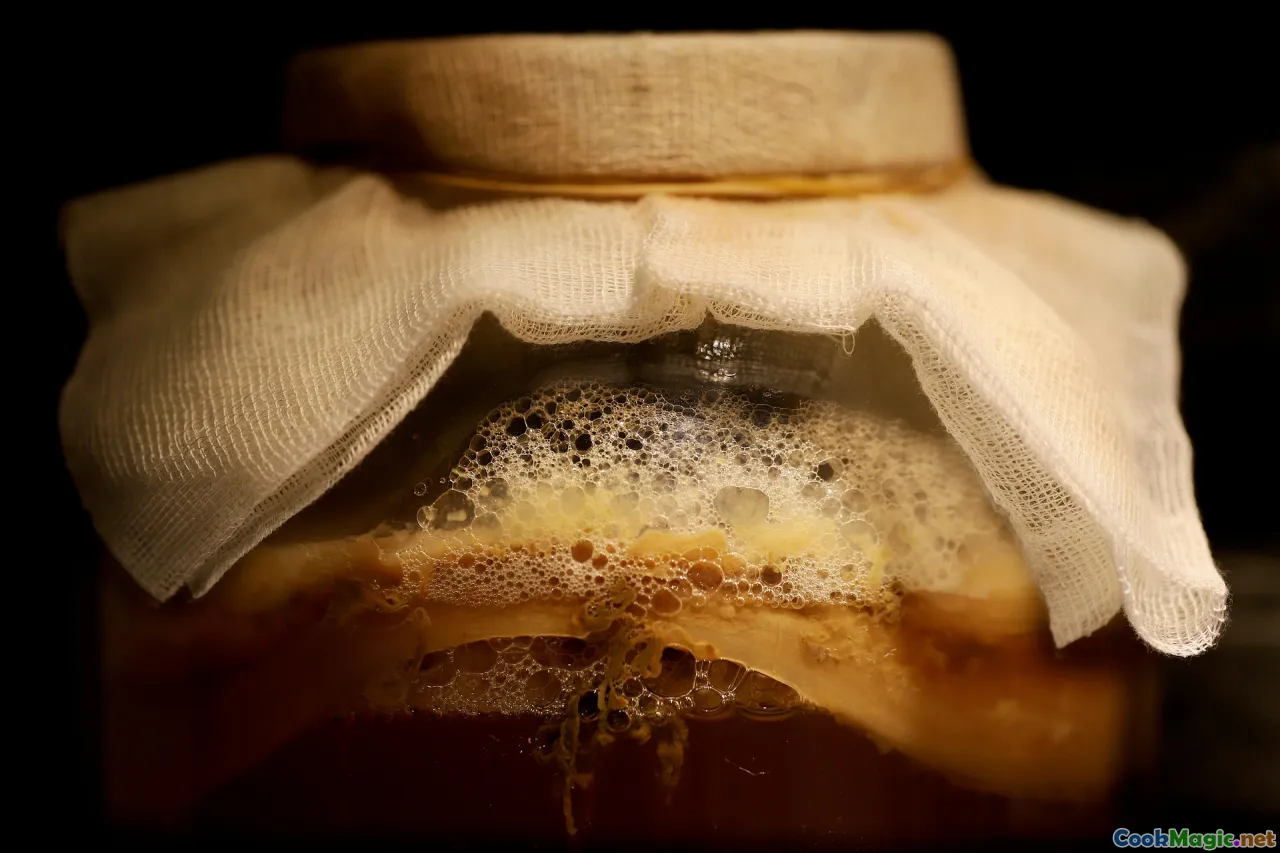Fermentation Techniques in Solomon Islands Traditional Cooking
12 min read Exploring the unique fermentation methods that shape Solomon Islands' traditional cuisine and culinary heritage. July 11, 2025 21:05
Fermentation Techniques in Solomon Islands Traditional Cooking
The often whispered secrets of Solomon Islands cuisine are rooted deep within its lush forests, oceanic bounty, and age-old fermentation practices. As you wander through the vibrant markets of Honiara or peer into humble village kitchens, what emerges is a tapestry of flavors, textures, and aromas that tell stories of generations. It's a culinary journey where fermentation isn’t just a preservation method — it’s a cultural identity, a ritual intertwined with daily life, and an ancient dance of microbes and human hands.
Imagine the warm aroma wafting from a kerosene stove, mingling with the tangy scent of fermented foods—a signature olfactory signature symbolizing health, resilience, and community. To truly appreciate Solomon Islands’ traditional fermented dishes is to glimpse into the soul of its people, their history, and their connection to the land and sea.
Let’s explore the fascinating world of fermentation techniques that shape Solomon Islands cuisine, revealing not only their methods but the vibrant stories and cultural significance behind each one.
The Heart of Solomon Islands Fermentation: Rooted in Culture and Environment

Fermentation in the Solomon Islands is more than a mechanical process; it is a living cultural tradition that seamlessly integrates with daily routines and ceremonial life. The islands’ tropical climate accelerates natural fermentation, often relying on indigenous yeasts, bacteria, and methods passed from generation to generation.
The islanders have long harnessed their lush environment—coconuts, taro, yams, breadfruits, and a variety of marine foods—to create preserved staples, ensuring sustenance during leaner months or long voyages. Indigenous knowledge of fermentation is considered sacred, often kept within families and communities, passed along through stories and hands-on practice.
Key Fermentation Methods in Solomon Islands Cuisine
1. Fermented Pounded Green Vegetables (Tagato or Taro Leaf Fermentation)

A classic example is the fermentation of taro leaves and other green vegetables. The technique involves pounding the leaves with a traditional wooden mortar and pestle until they release their mucilaginous, vibrant green essence. The mixture is then loosely packed into bamboo tubes or clay pots and left to ferment for several days.
This process develops a tangy, slightly sour flavor, with a tender texture that complements smoked fish or roasted meats. The fermentation not only preserves the greens but also liberates amino acids and probiotics that are believed to boost digestion.
So irresistible is the flavor that some villagers say it awakens the appetite with a pungent, lively aroma reminiscent of a tropical rainforest after rain—rich, earthy, and alive.
2. Fermented Fish and Seafood: Lilivar and Teau

Given the islands’ proximity to bountiful seas, fermented fish—locally called "Lilivar"—is a staple. Fish, often small varieties caught freshly in the morning, are cleaned, salt-cured, and wrapped in banana leaves or woven offerings, then buried in the sand or left to ferment in cool, shaded spots.
The fermentation process can take from a few days to a couple of weeks, producing a pungent, intensely savory flavor with a complex umami richness. It’s often used as a flavor enhancer in stews, soups, or served alongside cassava and roasted roots.
Another seafood delicacy is the fermented sea cucumber, appreciated for its chewy texture and briny flavor. This tradition links seafood preservation to community feasts and is considered a symbol of abundance and resourcefulness.
3. Coconut and Yoghurt-like Fermentation: Keke and Developments

Coconuts are king in the islands, and their fermentation forms an integral part of communal food preparation. One ancestral method involves collecting fresh coconut juice, adding traditional starter cultures (sometimes palm sap or wild yeasts), and allowing it to ferment in clay jars.
The result is a mildly sour, yoghurt-like drink called "keke," rich in probiotics, with a faint sweetness tempered by the tang of fermentation. This drink is often consumed to cool the stomach after heavy meals or as a refreshing beverage during hot days.
In some regions, fermented coconut pulp is mashed into a porridge textured with small bubbles and a slightly sour taste—a nutritious staple providing energy and health benefits.
The Art of Creating Fermentation: Techniques and Tips

Understanding how to replicate or appreciate these fermentation techniques requires insight into their artful execution. Here are some of the key aspects that define Solomon Islands fermentation practices:
Use of Local Materials
The ingenuity of Solomon Islanders lies in utilizing local, natural materials—bamboo, clay, banana leaves, and shells—to create optimal fermentation environments. Bamboo tubes serve as containers that facilitate aeration, while clay pots maintain temperature and harbor beneficial microbes.
Natural Starters and Wild Fermentation
Unlike commercial cultures, Solomon Islanders rely on wild fermentation, using indigenous yeasts and bacteria present on the surfaces of fruits, vegetables, and fish. These microflora are responsible for imparting unique flavors and ensuring food safety.
Timing and Temperature
Warm, humid climates accelerate fermentation, often reducing the process from days to mere hours. Skillful timing is crucial—over-fermentation can produce off-flavors, while under-fermentation impacts flavor development.
Sensory Monitoring
Experienced fermenters smell, taste, and observe changes, adjusting the process as needed. A slightly sour tang, a vibrant aroma, and appropriate texture are indicators of success.
Cultural Significance and Community Practices

Fermentation in the Solomon Islands is deeply intertwined with social and ceremonial life. Meals featuring fermented foods are central to gatherings, festivals, and important rituals.
For example, during the Kakamora Festival in parts of Central Province, communal fermentation and feasting showcase collective identity and ancestral reverence. Passing down fermentation secrets from elder to youth sustains not just flavors but cultural continuity.
Furthermore, fermented foods foster social bonds—sharing a fermenting pot or a bowl of tangy taro leaves symbolizes unity and mutual respect. The collective act of preparing and consuming these traditional foods keeps the islanders connected to their land and water.
Preserving and Evolving Solomon Islands Fermentation Heritage

In recent years, there has been a conscious effort to document and protect these ancient fermentation practices amid modernization. Culinary researchers, local villages, and cultural organizations are partnering to preserve the knowledge via workshops, storytelling, and documentation.
Innovators are exploring ways to incorporate fermented Solomon Islands ingredients into contemporary dishes, introducing their unique flavors to the world while respecting traditional methods. This cultural renaissance promises to keep these ancient techniques vibrant for future generations.
A Personal Reflection on Fermentation in Solomon Islands
Walking through a village during harvest festival, I remember the eclectic tapestry of sights, sounds, and smells—the distant hum of a bamboo fish trap, the pungent aroma of fermenting fish buried in the sand, children giggling around pots bubbling with taro. That palpable connection between community, environment, and food struck me deeply.
It’s in these moments I realized that fermentation here is more than a preservation technique; it’s a gateway into the souls of the Solomon Islands. Every tangy bite, every fermented aroma is a tribute to resilience, adaptation, and reverence for nature’s bounty.
Embracing the Flavors of Solomon Islands Fermentation
Whether you’re a culinary enthusiast, a chef, or a traveler eager to explore authentic tastes, understanding Solomon Islands’ fermentation techniques opens doors to a world of complex flavors, textures, and stories. Engaging with local craftsmen, trying your hand at fermenting taro or fish, or simply savoring traditional dishes allows you to participate in a centuries-old tradition that sustains and unites the Solomon Islands.
Remember, each fermented bite is not just food—it’s a living testament to harmony between humans and nature, crafted on the warm sands of the Pacific islands.
So go ahead—dare to taste, smell, and savor the vibrant world of Solomon Islands' fermented foods. It’s a journey deep into the heart of island life, where flavor blooms in harmony with culture and history.









